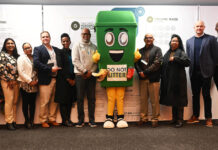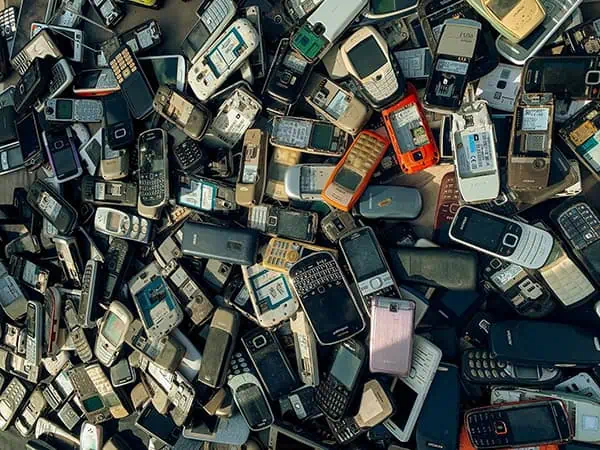By Larry Claasen
THE e-waste regulations which came into effect in November 2021, requires batteries to be disposed of by dropping it off at e-waste drop-off points, but not all drop-off points are prepared to accept them.
E-Waste Recycling Authority (ERA) CEO Ashley du Plooy says batteries are often not accepted at certain e-waste drop-off points because of their unique composition and the potential hazards they pose.
“Not all drop-off points are equipped to safely store different types of batteries, particularly those containing flammable or toxic materials. Batteries like lead-acid, alkaline, and lithium-ion, are treated differently from general e-waste due to their hazardous components.”
He adds: “Lead-acid and lithium-ion batteries in particular contain heavy metals and electrolytes that are not only toxic to the environment but also pose a fire risk if not handled correctly. Proper disposal practices are critical. Batteries should not be mixed with general e-waste unless the drop-off point is equipped to manage them safely.”
Du Plooy says the authority is working hard at coming up with ways to dispose of batteries.
“At ERA, we are actively developing infrastructure and supporting solutions for battery waste, particularly for the alkaline and lithium-ion battery streams, which are growing significantly due to the booming solar industry in South Africa.”
ERA currently covers certain batteries as part of its WEEE offering – consumers can drop off their alkaline batteries in collection bins across our network, while lithium-ion batteries still concealed (not dismantled, damaged and exposed) in devices like laptops and cellphones can also be placed in the bins.
People wanting to drop their e-waste off at collection points around the country must check the bins to ensure that their battery waste is accepted before throwing it in.
ERA will have more detailed solutions to share in the near future.
“South Africa has a relatively mature recycling system for lead-acid batteries, largely driven by the automotive industry. However, their lead content and the presence of sulfuric acid make them dangerous if handled improperly. Most lead-acid battery providers take old lead-acid batteries back in established take-back schemes, some of which even provide rebates for this waste stream. These waste batteries are then managed at specialised facilities equipped to neutralise the acid and recover the lead for reuse.”
Lithium-ion batteries, however, are becoming increasingly prevalent due to the rise in demand for solar power systems and electric vehicles. But their disposal is complex. When improperly handled, lithium-ion batteries can ignite and cause fires and thermal events so it is critical that collection and transport solutions account for this waste stream safely.
After mechanical pre-processing, what remains is black mass, which contains valuable materials like lithium, cobalt, and nickel.
“Unfortunately, South Africa’s recycling industry does not yet have the full-scale infrastructure to recover these materials cost effectively, leading to significant reliance on black mass export for processing, although there are some exciting local solutions that ERA is supporting to achieve circularity.”















